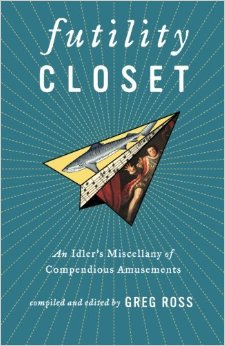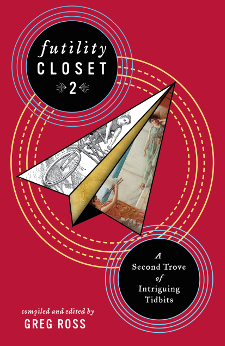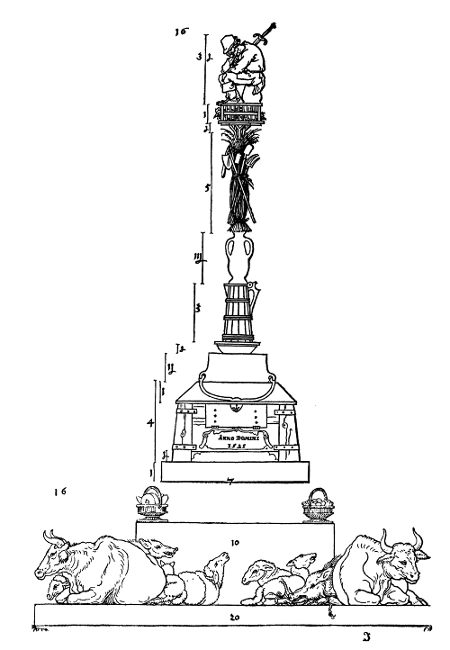Speaking of Lewis Carroll — and further to Wednesday’s logic exercise — here’s the king of all Carroll’s logic problems. What’s the strongest conclusion that can be drawn from these premises?
- When the day is fine, I tell Froggy “You’re quite the dandy, old chap!”
- Whenever I let Froggy forget that 10 pounds he owes me, and he begins to strut about like a peacock, his mother declares “He shall not go out a-wooing!”
- Now that Froggy’s hair is out of curl, he has put away his gorgeous waistcoat.
- Whenever I go out on the roof to enjoy a quiet cigar, I’m sure to discover that my purse is empty.
- When my tailor calls with his little bill, and I remind Froggy of that 10 pounds he owes me, he does not grin like a hyena.
- When it is very hot, the thermometer is high.
- When the day is fine, and I’m not in the humor for a cigar, and Froggy is grinning like a hyena, I never venture to hint that he’s quite the dandy.
- When my tailor calls with his little bill and finds me with an empty pocket, I remind Froggy of that 10 pounds he owes me.
- My railway shares are going up like anything!
- When my purse is empty, and when, noticing that Froggy has got his gorgeous waistcoat on, I venture to remind him of that 10 pounds he owes me, things are apt to get rather warm.
- Now that it looks like rain, and Froggy is grinning like a hyena, I can do without my cigar.
- When the thermometer is high, you need not trouble yourself to take an umbrella.
- When Froggy has his gorgeous waistcoat on, but is not strutting about like a peacock, I betake myself to a quiet cigar.
- When I tell Froggy that he’s quite a dandy, he grins like a hyena.
- When my purse is tolerably full, and Froggy’s hair is one mass of curls, and when he is not strutting about like a peacock, I go out on the roof.
- When my railways shares are going up, and when it’s chilly and looks like rain, I have a quiet cigar.
- When Froggy’s mother lets him go a-wooing, he seems nearly mad with joy, and puts on a waistcoat that is gorgeous beyond words.
- When it is going to rain, and I am having a quiet cigar, and Froggy is not intending to go a-wooing, you had better take an umbrella.
- When my railway shares are going up, and Froggy seems nearly mad with joy, that is the time my tailor always chooses for calling with his little bill.
- When the day is cool and the thermometer low, and I say nothing to Froggy about his being quite the dandy, and there’s not the ghost of a grin on his face, I haven’t the heart for my cigar!
Unfortunately, Carroll died before he was able to publish the solution — but he warned that it contains “a beautiful ‘trap.'”









